2-tert-Butyl-4-methylphenol
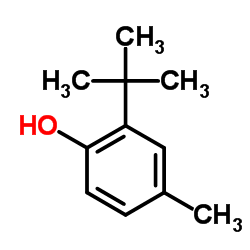
2-tert-Butyl-4-methylphenol structure
|
Common Name | 2-tert-Butyl-4-methylphenol | ||
|---|---|---|---|---|
| CAS Number | 2409-55-4 | Molecular Weight | 164.244 | |
| Density | 1.0±0.1 g/cm3 | Boiling Point | 237.0±0.0 °C at 760 mmHg | |
| Molecular Formula | C11H16O | Melting Point | 50-52 °C(lit.) | |
| MSDS | Chinese USA | Flash Point | 100.0±0.0 °C | |
| Symbol |


GHS05, GHS09 |
Signal Word | Danger | |
| Name | 2-tert-Butyl-4-methylphenol |
|---|---|
| Synonym | More Synonyms |
| Density | 1.0±0.1 g/cm3 |
|---|---|
| Boiling Point | 237.0±0.0 °C at 760 mmHg |
| Melting Point | 50-52 °C(lit.) |
| Molecular Formula | C11H16O |
| Molecular Weight | 164.244 |
| Flash Point | 100.0±0.0 °C |
| Exact Mass | 164.120117 |
| PSA | 20.23000 |
| LogP | 3.63 |
| Vapour Pressure | 0.0±0.5 mmHg at 25°C |
| Index of Refraction | 1.513 |
| InChIKey | IKEHOXWJQXIQAG-UHFFFAOYSA-N |
| SMILES | Cc1ccc(O)c(C(C)(C)C)c1 |
| Water Solubility | insoluble |
CHEMICAL IDENTIFICATION
HEALTH HAZARD DATAACUTE TOXICITY DATA
MUTATION DATA
|
| Symbol |


GHS05, GHS09 |
|---|---|
| Signal Word | Danger |
| Hazard Statements | H314-H411 |
| Precautionary Statements | P260-P280-P303 + P361 + P353-P304 + P340 + P310-P305 + P351 + P338 |
| Personal Protective Equipment | Eyeshields;Faceshields;full-face particle respirator type N100 (US);Gloves;respirator cartridge type N100 (US);type P1 (EN143) respirator filter;type P3 (EN 143) respirator cartridges |
| Hazard Codes | C:Corrosive;N:Dangerousfortheenvironment; |
| Risk Phrases | R34;R51/53 |
| Safety Phrases | S26-S36/37/39-S45-S61-S29 |
| RIDADR | UN 2430 8/PG 3 |
| WGK Germany | 2 |
| RTECS | GO7000000 |
| Packaging Group | III |
| Hazard Class | 8 |
| HS Code | 29071900 |
| Precursor 10 | |
|---|---|
| DownStream 10 | |
| HS Code | 2907199090 |
|---|---|
| Summary | 2907199090 other monophenols VAT:17.0% Tax rebate rate:9.0% Supervision conditions:none MFN tariff:5.5% General tariff:30.0% |
|
Cellular apoptosis and cytotoxicity of phenolic compounds: a quantitative structure-activity relationship study.
J. Med. Chem. 48 , 7234-42, (2005) In this comprehensive study on the caspase-mediated apoptosis-inducing effect of 51 substituted phenols in a murine leukemia cell line (L1210), we determined the concentrations needed to induce caspas... |
|
|
Pharmacological actions of thymol and an analogue at GABAB autoreceptors.
Clin. Exp. Pharmacol. Physiol. 41(9) , 623-7, (2014) GABAB autoreceptors inhibit release of GABA from GABAergic nerve terminals. Agonists of these receptors (e.g. baclofen) inhibit, whereas antagonists (e.g. (+)-(S)-5,5-dimethylmorpholinyl-2-acetic acid... |
|
|
Role of free radicals in the mode of action of anthralin.
Skin Pharmacol. 1(2) , 115-21, (1988) Radical reactions of anthralin and its metabolites with skin have been studied by ESR spectroscopy. The influence of compounds which are known to suppress inflammation are described. The ESR spectra r... |
| MONOBUTYL-P-CRESOL |
| 4-Methyl-2,6-tert-butylphenol |
| 2-tert-butyl-p-creso |
| 2-tert-butyl-p-cresol |
| Phenol, (1,1-dimethylethyl)-4-methyl- |
| 2-Terc.butyl-p-kresol |
| Phenol, 2- (1,1-dimethylethyl)-4-methyl- |
| MBPC |
| 2-T-BUTYL-P-CRESOL |
| o-tert-Butyl-p-cresol |
| 2-t-butyl-4-methylphenol |
| MTBP |
| MFCD00002381 |
| RALOX 240 |
| EINECS 219-314-6 |
| Phenol, 2-(1,1-dimethylethyl)-4-methyl- |
| p-Butylcresol |
| 4-Methyl-2-(2-methyl-2-propanyl)phenol |
| Lowinox MBPC |
| 2-tert-butyl-4-methyl-1-hydroxybenzene |
| 2-(tert-Butyl)-4-methylphenol |
| 2-di-tert-butyl-4-methylphenol |
| 2-tert-Butyl-4-methylphenol |
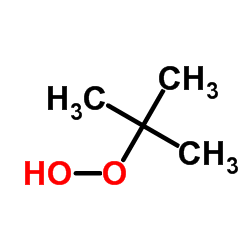 CAS#:75-91-2
CAS#:75-91-2 CAS#:106-44-5
CAS#:106-44-5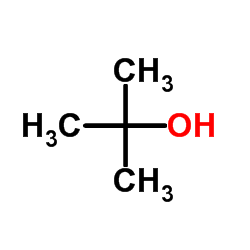 CAS#:75-65-0
CAS#:75-65-0 CAS#:115-11-7
CAS#:115-11-7 CAS#:15359-98-5
CAS#:15359-98-5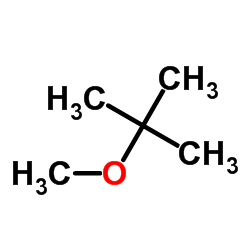 CAS#:1634-04-4
CAS#:1634-04-4 CAS#:105-67-9
CAS#:105-67-9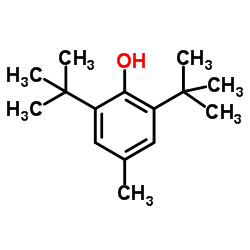 CAS#:128-37-0
CAS#:128-37-0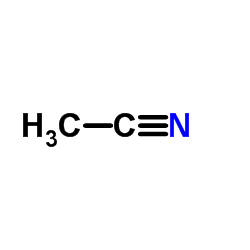 CAS#:75-05-8
CAS#:75-05-8 CAS#:95-48-7
CAS#:95-48-7 CAS#:90-66-4
CAS#:90-66-4![2-tert-butyl-6-[(dimethylamino)methyl]-4-methylphenol structure](https://image.chemsrc.com/caspic/225/4142-59-0.png) CAS#:4142-59-0
CAS#:4142-59-0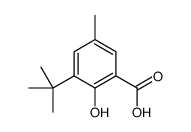 CAS#:23050-96-6
CAS#:23050-96-6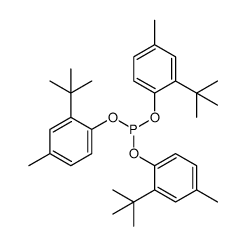 CAS#:21177-86-6
CAS#:21177-86-6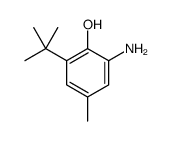 CAS#:19059-89-3
CAS#:19059-89-3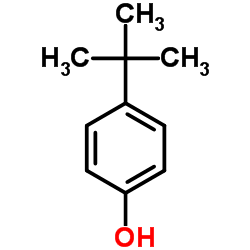 CAS#:98-54-4
CAS#:98-54-4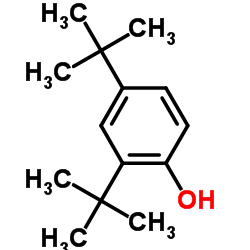 CAS#:96-76-4
CAS#:96-76-4 CAS#:103059-07-0
CAS#:103059-07-0 CAS#:1010-99-7
CAS#:1010-99-7
